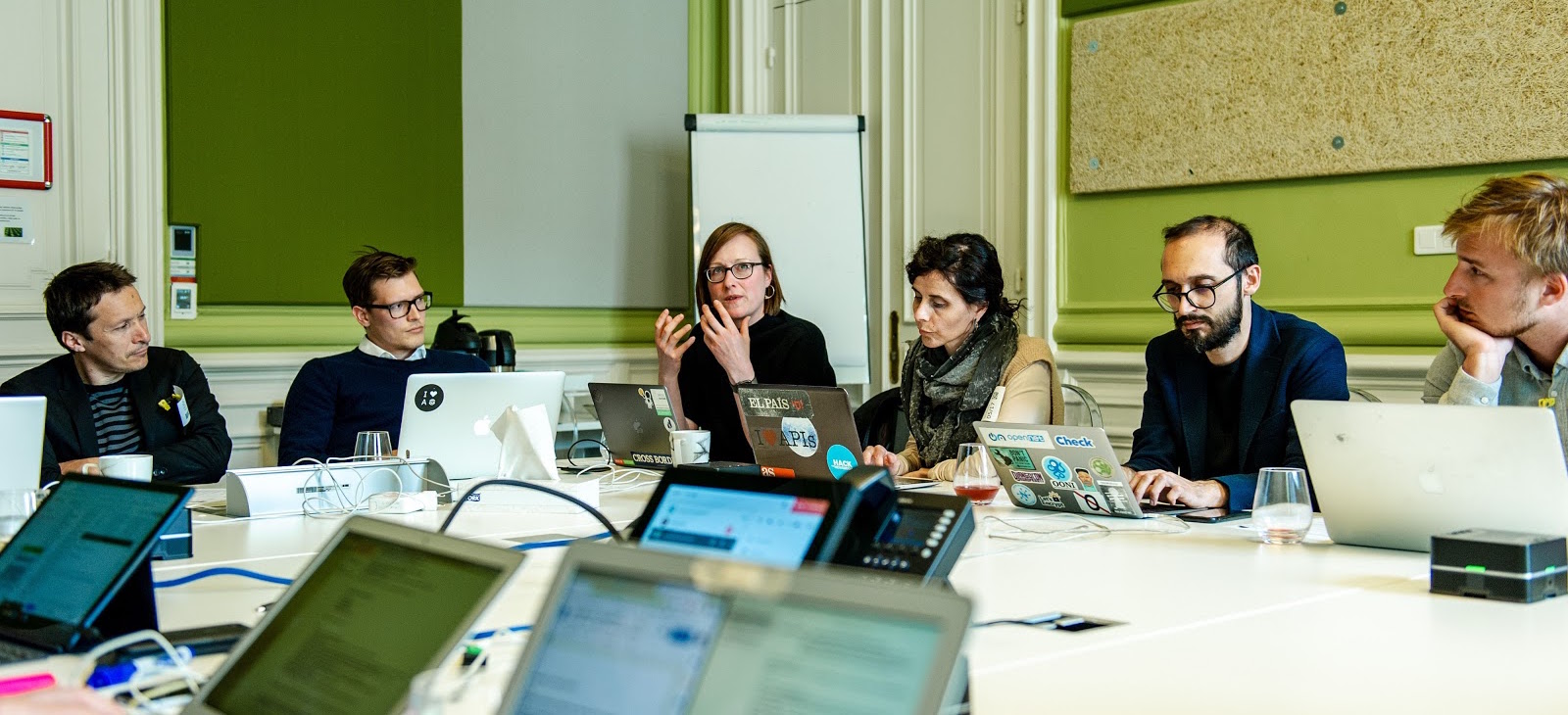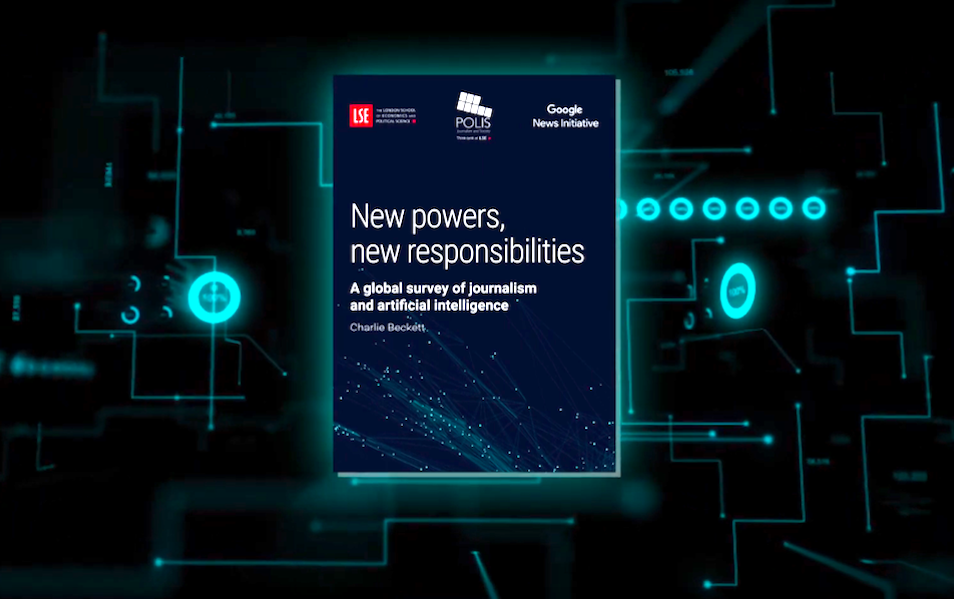
This article was written by Jarno Koponen, Head of AI and Personalization at Yle, the Finnish Broadcasting Company, and one of the many members of our Polis/LSE JournalismAI Collab. This is part of a series of articles that hosts reflections on the strategic and practical issues facing news organisations using AI technologies.
Today, the purpose of free news media and journalism is being questioned by the public as well as people in power. There is a vital debate globally about digital platforms, their algorithms and data, the role of information in politics and in public discourse around major issues such as climate change, and now around the unfolding Coronavirus crisis.
News media hasn’t been disrupted from the inside. Tech platforms control the information flows and digital business ecosystem. The digital content game is being reimagined by the likes of YouTube and TikTok. Additionally, many news media organisations in Europe and US are strengthening their political alignments, possibly increasing the polarisation of world views both intentionally and unintentionally.
All this is happening in a world in which the latest social media tactics and technological advances from hired influencer armies and targeted advertising to deep fakes and AI-powered content generators, make it increasingly hard to tell the difference between fact and fiction.
News media is fighting for its life. To answer these challenges, it needs to reinvent itself.
New reality, new journalistic premises
At this point, it’s natural to jump to concrete actions: pivoting to whatever new trending content form or platform, “returning to the roots” by focusing on hard-to-measure quality journalism or applying AI to the audience analysis to optimise the existing operations.
However, something more fundamental is needed as the very premises of practicing journalism are changing.
In principle, journalists access the primary source of information and get first-hand data about an event or a phenomenon. Then newsrooms turn this information into journalistic understanding of what’s essential new information and knowledge. After that, they create a journalistic experience—be it a live video, radio program, podcast, social media update or a news article—that explains the event or phenomenon in a comprehensible way.
However, in today’s world a huge amount of data depicting our reality just isn’t accessible anymore. The data about individuals, communities, companies, society and environment is nowadays inside the data troves of big tech companies.
The way journalists can make sense of our reality has fundamentally changed. To face this new reality, journalists need new methods, tools and journalistic products.

New journalistic methods and tools
A new journalistic “sense of data”, a multidisciplinary practice that combines journalism, data science and design, is needed to explain complex phenomena in which digital tools and platforms, and their data and algorithms affect how people think and behave in the real world.
Such a sense of data is required to spot information operations and fabricated evidence, such as deep fakes, and verify information faster with the help of smart tools.
Importantly, the way journalistic content is created has to change too. Whilst Instagram, Youtube and TikTok have made content creation frictionless and fun, news organisations around the world still struggle with badly designed content management systems that have been developed for another era and media paradigm.
Content creation has to be disrupted from the inside to let journalists reinvent journalistic forms, for example by using novel methods such as robot journalism, gamification and augmented reality. Also, new content tools should include built-in analytics that enable newsrooms to understand how their content is experienced in the real world.
New journalistic experiences and products
Nowadays news media is competing against any device, app and experience that’s out there. To reconnect with people, news organisations have to create new journalistic experiences and products.
The journalistic content experience itself will become more personalised. Smarter content means that the content itself is affected by who is experiencing it. Personalised content utilising artificial intelligence takes into account, for example, your location or how knowledgeable you are about a certain topic, and which content format you might prefer. The content itself becomes like a software.
Also, new journalistic products should make sure that news is tightly knitted into a wider context. Current platforms are all about speed: news from yesterday don’t exist today. The line between fact and fiction gets easily blurred when historical, political, economic, cultural or social context disappears. New journalistic products with automatically built-in context will be key in helping us to make sense of the complex fast-developing world.
To stay relevant, news media needs to provide more often solutions in addition to new information. Especially younger people wish for “constructive journalism” that provides actionable information, enabling people to make more informed choices in their daily lives.
To face the challenges of algorithmic information ecosystem and emerging global power structures, news media needs to reinvent itself by developing new journalistic methods, tools and products. To achieve that, news organisations have to combine journalism, data science and design. This will enable news media organisations to build a new journalistic culture that thrives in a complex world in which private and public, commercial and political as well as physical and digital are seamlessly intertwined.
Jarno M. Koponen leads teams and builds products that combine media content, artificial intelligence and user experience design. Over the last 10 years he has focused on creating innovative personalised media experiences such as an award-winning edugame Troll Factory, an AI-powered smart news assistant Voitto and a pioneering predictive discovery engine Random/Futureful.
JournalismAI is a project of Polis, supported by the Google News Initiative. If you want to stay informed about JournalismAI activities, you can sign up for our monthly newsletter.






